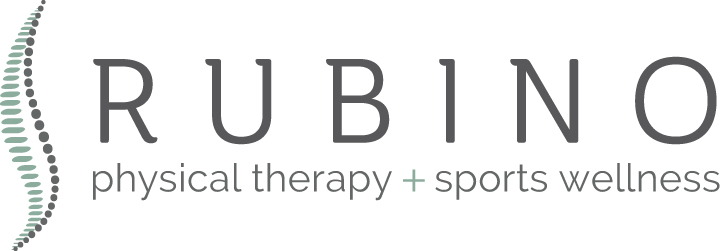1 --> You may have an imbalance of trunk strength to support your spine:
- Your trunk refers to the area above your waist up to your shoulders. All too often I see fitness routines focus more on the frontal appearance of their body (chest, biceps, abdominals, quads, etc..). This overemphasis of working out one side of the body more than the other creates an imbalanced biomechanical issue often leading to overuse syndromes such as tendonitis, strain and more specific to this topic, vertebral or spinal disc pathology. In short, tightness or overtraining the front of your body can create weakness of the back muscles and more importantly the back vertebral stabilizers. This may result in the unfortunate disc bulge of worse yet, disc herniation which can be extremely painful and or can cause nerve related problems such as sciatica.
2 --> Your spinal vertebrae may be moving too little or too much:
- Often times a stiff spinal column or “hypomobility” can lead to over-stressing the intervertebral disc sitting between the vertebrae as well as the surrounding ligaments. Muscles can over compensate for a lack of mobility and become strained. Often classically diagnosed as simply a “muscle strain” in the physicians office, it’s easy to slap a temporary fix on this problem with over the counter analgesics such as tylenol or ibuprofen. Muscle relaxers are also commonly prescribed. While these medical interventions can be helpful to alleviate some pain and inflammation, not addressing the underlying restriction or hypomobility in the spine, can and may often lead to greater spinal issues including recurrent muscle strain, vertebral column ligament sprain or disc herniation.
- In the case of a "hypermobility" the vertebrae move too much and can cause "shearing" pain and discomfort due to the ligaments being overstretched to support the spine, hips or pelvic region. Woman, especially pre and postpartum commonly experience this type of pain in the hips, low back and pubic region. A careful progression of stabilization exercises prescribed by the DPT (Doctor of Physical Therapy), is appropriate to increase support the joint regions affected. Various postural re-education or external supports and or taping may also be utilized to achieve less pain and greater comfort with functional activity.
3 --> Your pelvis may be rotated too far in one direction:
- Postural imbalances if your pelvis is tipped too far forward or backward can lead to your lower back compensating for the directional pull caused by your pelvis. Over time, the muscles in your back tighten and become weak as they are overstressed to maintain your upright posture throughout the day. Poor postural imbalance and pain can result, making the routine day to day function increasingly difficult.
4 --> Your hip muscles might be tight and or weak
- Your hips are the foundational support to your low back and should complement the force being generated by your low back to maintain posture and perform functional movements such as bending, lifting or twisting. If your hips are weak, the pelvis in standing or with walking activity can lose stability and force the spine to overwork to hold the skeleton in a healthy position. Over time, your back muscles become tight and or tired leading to difficulty maintaining healthy posture and predisposing you to more serious back injuries such as disc herniation and ligament damage to name a few.
--> The good news with all of these conditions, is that they are very treatable if addressed thoroughly given your body type and functional activity from day to day. This can only be accomplished if a proper and thorough examination is performed by the clinician to determine the specific tissue or tissues affected. The problem is that most of the time they are left unaddressed and treated by medication or trendy exercises suggested by a friend or found on the internet. As a result, if not applied and performed correctly given your specific condition, the problem can become more severe.
***If you think you may be suffering from one or more of these issues or you are interested in knowing what your current posture, muscle strength and flexibility baseline is in order to prevent a problem, it is a prudent choice to schedule an examination and treatment session with Dr. Mike, manual physical therapist soon. All sessions are an hour, which affords Dr. Mike the ability to thoroughly evaluate and treat the underlying issues that may be causing your pain. There’s an old saying that an ounce of prevention is worth a pound of cure. Don’t wait until you’re faced with a bigger problem that takes longer to heal. Call and schedule an appointment today!
http://www.rubinopt.com/request-an-appointment/

